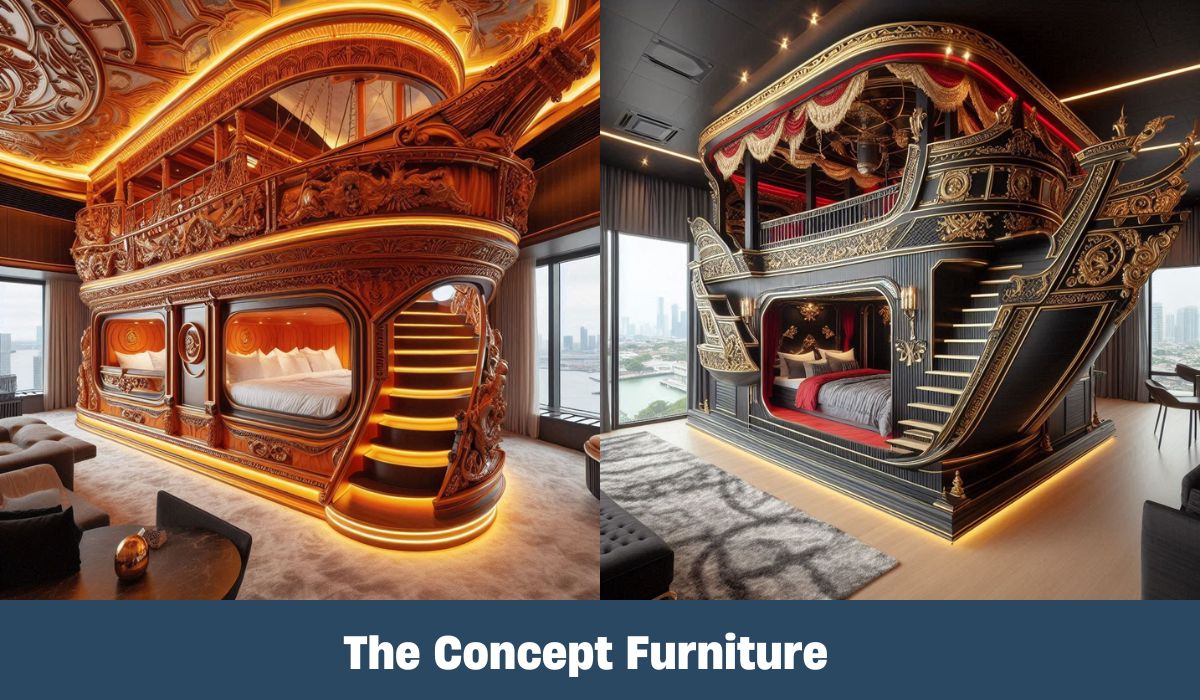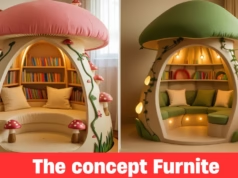Did you know that over 30% of families struggle with space in their homes? Ship bunk beds offer a smart solution for maximizing room while keeping things stylish. These unique beds not only save space but also add a fun nautical theme to any bedroom. They’re perfect for siblings sharing a room or for sleepovers with friends.
With various designs and colors, ship bunk beds can fit any decor. They provide safety features like sturdy railings and solid ladders, ensuring peace of mind for parents. Investing in these beds means more floor space for play and creativity. Explore the world of ship bunk beds and discover how they can transform your living space into an organized, fun environment.
Understanding Ship Bunk Beds
What are Ship Bunk Beds
Ship bunk beds are multi-tiered sleeping arrangements designed for use in maritime settings. They serve a critical role on vessels where space is often limited. These bunks allow crew members to rest comfortably while maximizing available area.
Comfort and functionality are essential for crew members. Long hours at sea can be exhausting. A good night’s sleep is vital for maintaining alertness and efficiency. Navy ship beds are built with this in mind. They combine durability with comfort, ensuring that sailors can recharge effectively.
Types of Ship Bunk Beds
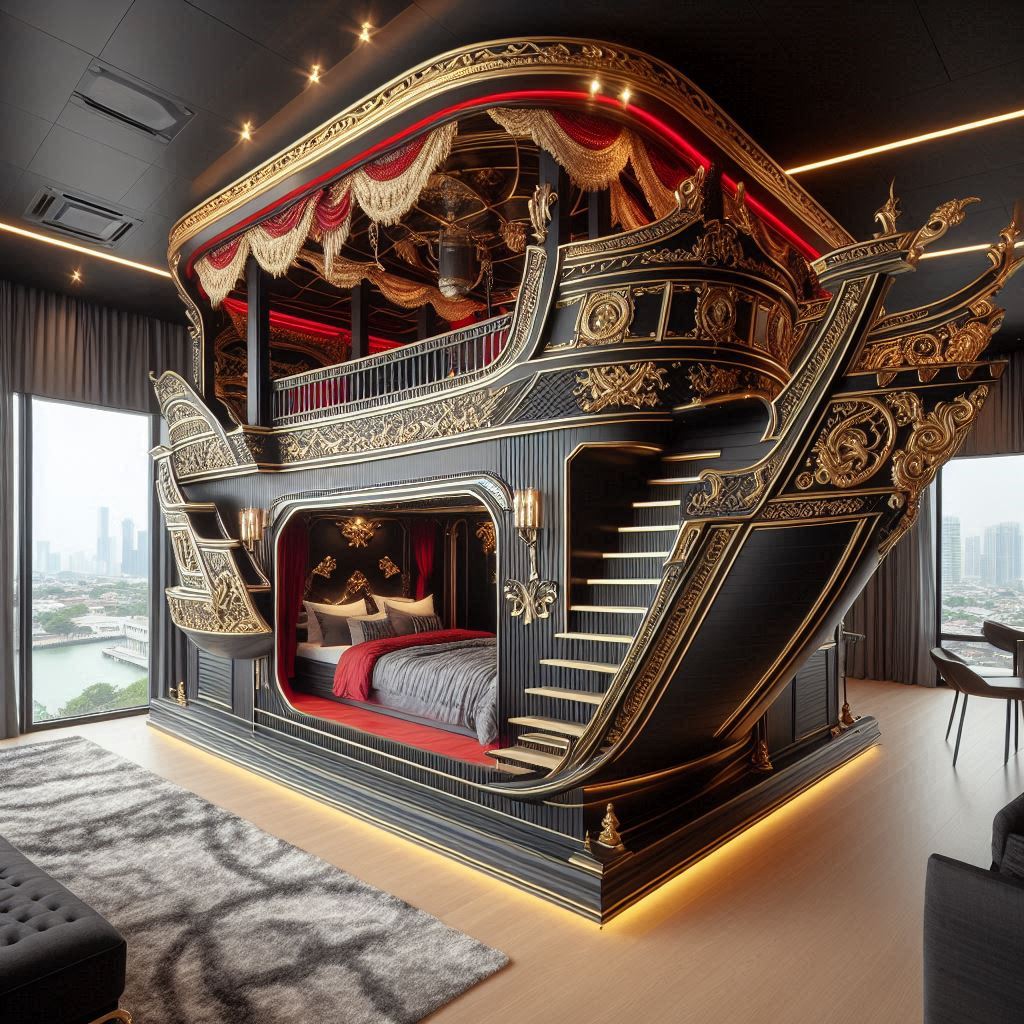
Many styles of ship bunk beds exist to meet various needs. Standard bunk beds are the most common type found on navy ships. They typically feature two tiers, allowing two crew members to share a small space.
L-shaped bunks provide an alternative design. This style can fit into corners, saving even more space. Modular designs offer flexibility, allowing for easy reconfiguration based on changing requirements.
Variations also depend on the size of the ship and the number of crew members. Smaller vessels might use standard enlisted bunks to accommodate fewer sailors. Larger military ships may have multiple tiers or custom arrangements to house larger crews.
Custom options are available for specific vessel needs. Some ships may require additional storage under the bunks or integrated safety features. These tailored solutions enhance both comfort and utility for those aboard.
Benefits of Ship Bunk Beds
Space Efficiency on Ships
Space is crucial in confined ship environments. Ships often have limited square footage for crew accommodations. Bunk beds offer a solution by utilizing vertical space effectively. This design allows more crew members to sleep comfortably without sacrificing floor area.
Bunk beds can create additional usable floor area. Instead of having single beds that take up significant space, stacking beds increases the number of available sleeping spots. This arrangement is especially important during long voyages when crew size can fluctuate.
Vertical sleeping arrangements also promote better organization. Crews can store personal items underneath the lower bunk or in designated spaces nearby. By maximizing space, bunk beds help maintain order and cleanliness in tight quarters.
Enhanced Comfort for Crew
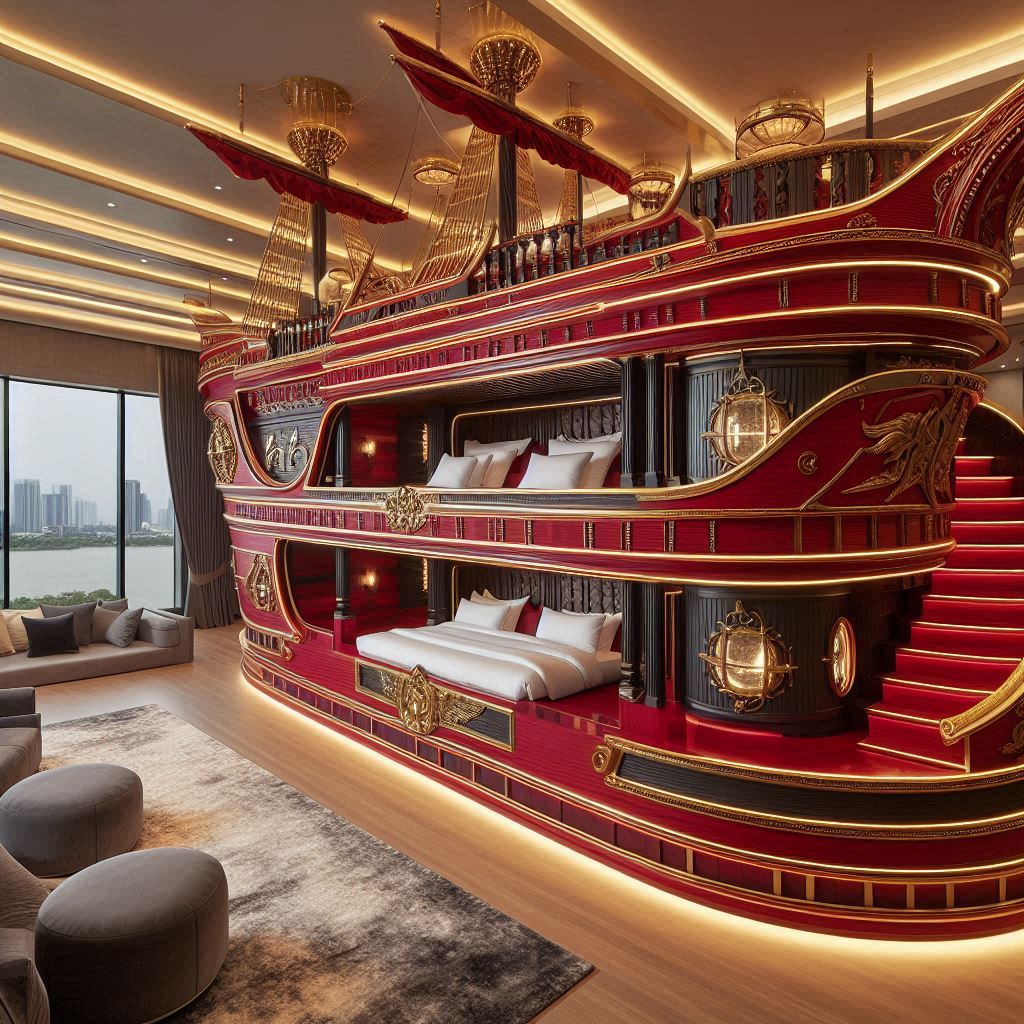
Comfort plays a vital role in ensuring crew members are well-rested. Many ship bunk beds come with high-quality mattresses designed for durability and support. These mattresses can significantly improve sleep quality, which is essential for maintaining alertness during shifts.
Bedding options also contribute to comfort. Ships often provide various bedding materials, allowing crew members to choose what suits them best. Some may prefer thicker blankets, while others might opt for lighter sheets.
Personal space is another important aspect of bunk bed design. Many designs incorporate privacy curtains or partitions. These features allow crew members to have their own space, even in shared accommodations.
Adjustable features cater to individual preferences as well. Some bunk beds offer adjustable heights or angles for better ergonomics. Crew members can customize their sleeping environment to enhance comfort further.
Design Considerations
Safety Features
Safety is crucial in ship bunk beds. Essential safety elements include guardrails and sturdy ladders. Guardrails prevent falls, ensuring crew members remain secure while sleeping. Sturdy ladders make it easy to access the upper bunk safely.
Non-slip surfaces are also significant. They reduce the risk of slips and falls, especially in wet conditions. Secure anchoring adds stability to the entire structure. This prevents movement during rough seas. Compliance with maritime safety regulations is mandatory for all bunk beds on ships. These regulations ensure that bunk beds meet specific safety standards.
Construction Materials
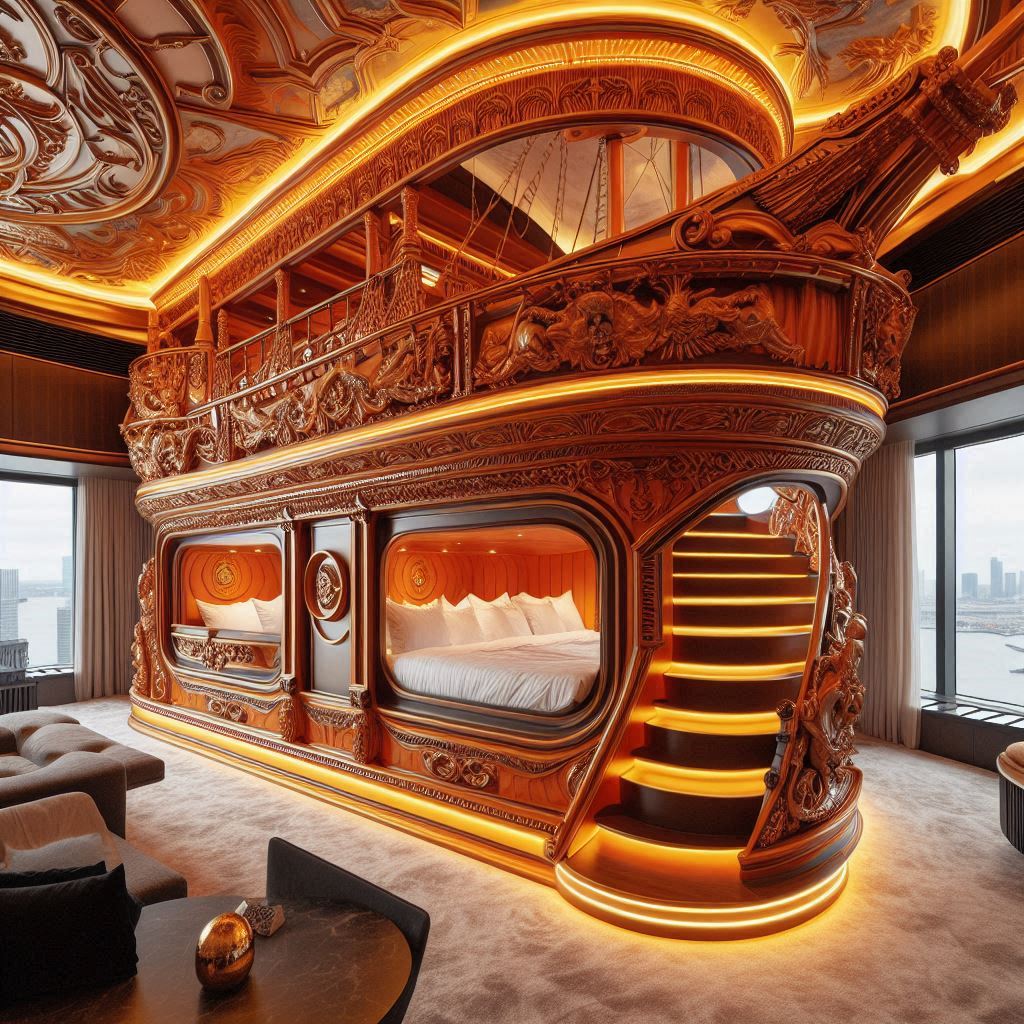
Common materials used in ship bunk beds include marine-grade plywood and metal. Marine-grade plywood is resistant to moisture and rot. It provides durability, which is vital in a marine environment. Metal frames offer strength and stability, enhancing the bed’s overall longevity.
Durability is important for ship performance. Moisture resistance helps prevent damage from the salty sea air. Lightweight materials play a role in improving ship efficiency. They reduce the overall weight of the vessel, leading to better fuel efficiency.
Choosing the right materials impacts both safety and functionality. The proper configuration of these materials can enhance comfort while maximizing space on board.
Installation and Maintenance
Installation Process
Installing ship bunk beds requires careful planning. Start by choosing a suitable place that meets safety regulations. The installation should account for the living conditions aboard the ship.
Professional installation is essential. Trained personnel ensure that the beds are securely attached to prevent accidents. They assess the ship’s layout and design to optimize space.
Securing the beds is crucial due to maritime conditions. Use brackets and bolts designed for marine environments. This helps withstand vibrations and movement during sailing. Proper anchoring prevents the beds from shifting or collapsing.
Maintenance Tips
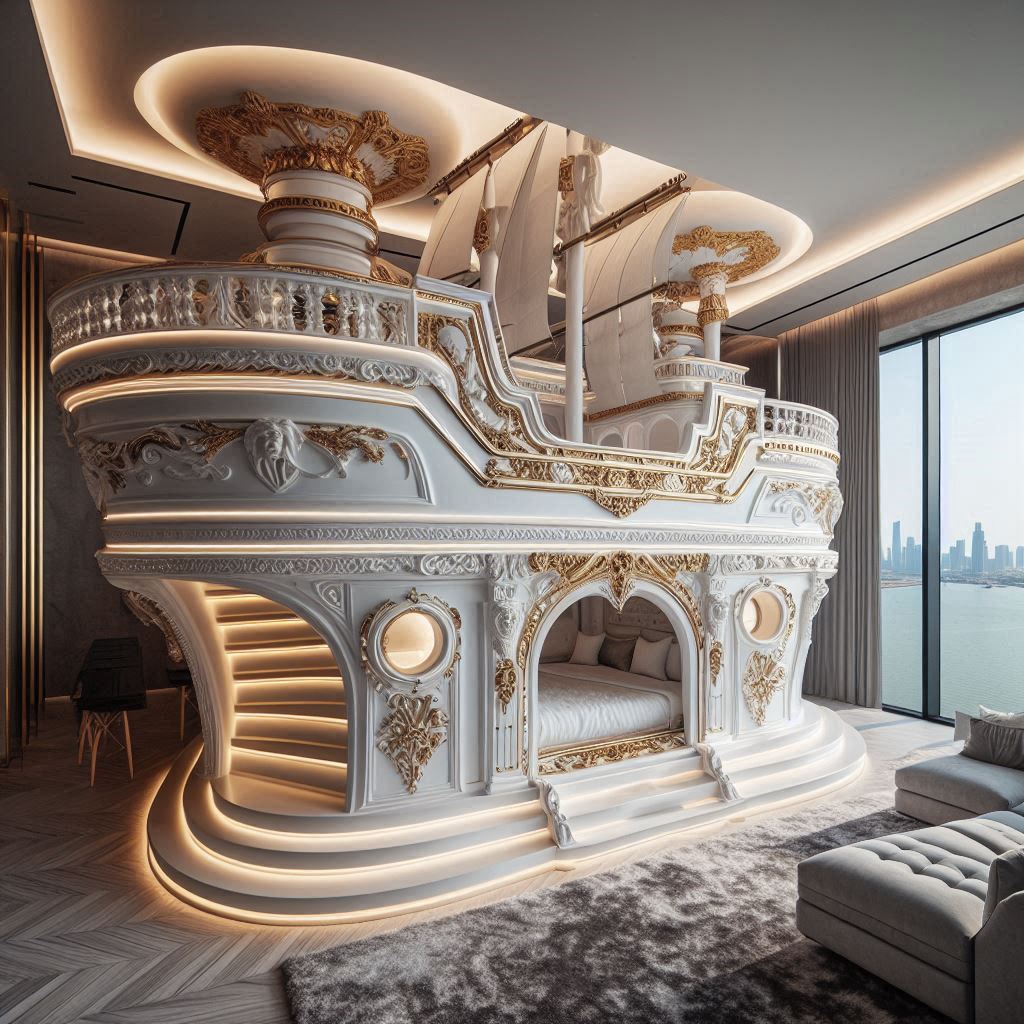
Regular maintenance keeps ship bunk beds in good condition. Schedule inspections at least every six months. Check for any signs of wear and tear, including loose screws or damaged frames.
Intensive cleaning is necessary to maintain hygiene. Use appropriate cleaning solutions that are safe for wood or metal surfaces. Pay special attention to areas where dirt can accumulate, such as underneath the beds.
Addressing safety issues promptly is vital. If any part of the bunk bed shows damage, replace it immediately. This ensures the safety of all occupants.
Upgrading rack curtains can enhance privacy and comfort. Curtains should be checked regularly for tears or fraying. Replace them when needed to maintain a pleasant living environment.
Implementing these maintenance tips extends the life of the bunk beds. Regular care improves overall living conditions on board.
Regulations and Standards
Maritime Guidelines
Key regulations govern the design and use of ship bunk beds. The International Maritime Organization (IMO) sets these guidelines. They focus on safety, comfort, and space efficiency. These regulations ensure that bunk beds meet specific dimensions and materials.
The International Convention on Standards of Training, Certification and Watchkeeping for Seafarers (STCW) provides crucial guidelines. It outlines minimum standards for crew accommodation. Compliance with these standards is vital for crew welfare. Organizations like the IMO play a significant role in establishing these requirements. Their standards help create a safer working environment at sea.
Ensuring compliance is not just about following rules. It is also about enhancing crew safety and comfort. Properly designed bunk beds can reduce fatigue and improve morale. This directly affects the overall performance of the crew. Operators must prioritize adherence to these regulations. Failure to do so can lead to serious consequences.
Safety Compliance
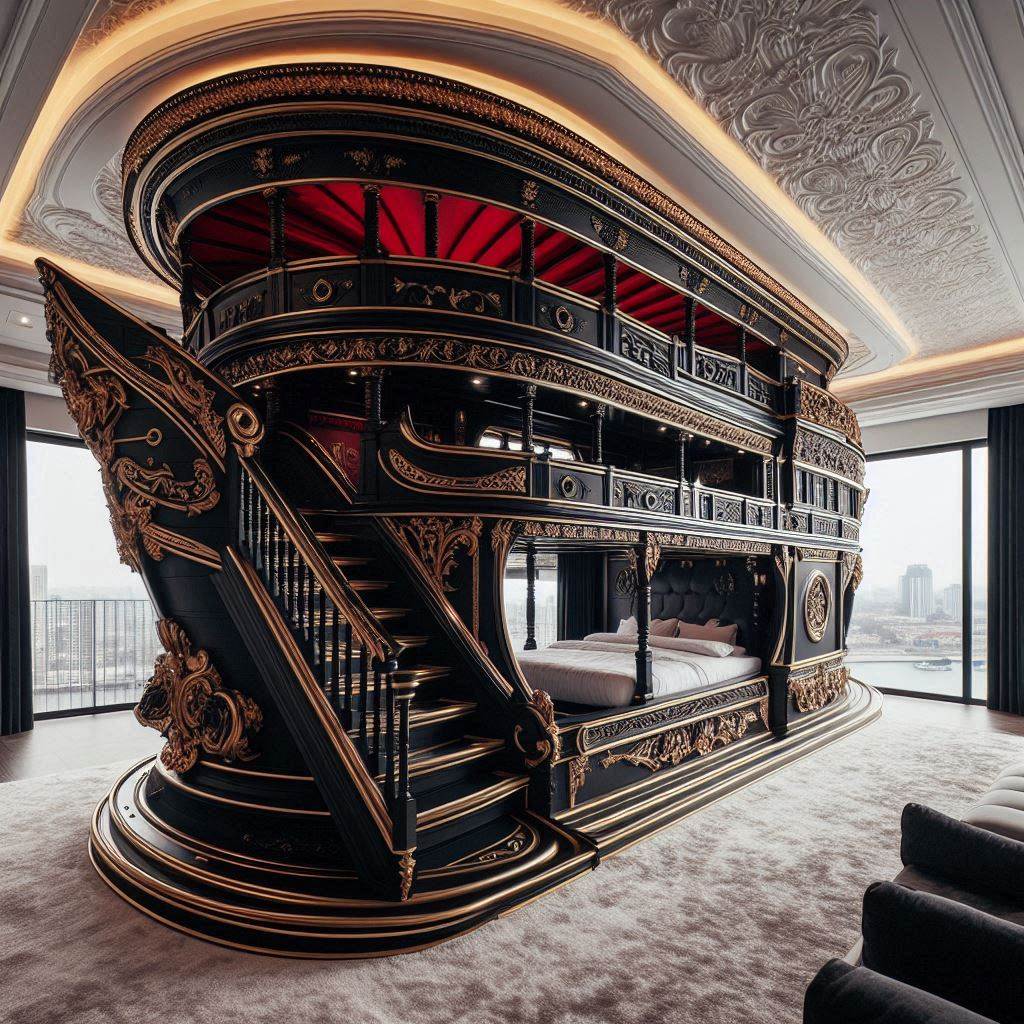
Adhering to safety standards in bunk bed construction is essential. Proper construction helps prevent accidents and injuries on board ships. Non-compliance can have severe repercussions, including legal issues. Shipowners may face fines or sanctions from maritime authorities.
Inspections play a critical role in maintaining safety compliance. Regular checks ensure that bunk beds meet established standards. Inspectors assess the quality of materials used and the overall design. They verify if bunk beds are stable and secure for use.
Potential hazards include collapses or improper spacing between beds. Such issues can lead to injuries during rough seas or emergencies. Therefore, it is crucial to address any deficiencies promptly.
Ship operators should establish strict maintenance routines. Regular maintenance minimizes risks associated with wear and tear over time. This proactive approach ensures that bunk beds remain safe for crew members.
Choosing the Right Bunk Beds
Key Factors to Consider
Space availability is a critical factor when selecting appropriate bunk beds. Ships have limited room, so every inch counts. A bunk bed design that fits well can maximize sleeping areas without overcrowding. Crew size also matters. More crew members may require multiple bunk beds or larger configurations.
Materials play a significant role in durability. The right bunk bed frame should withstand the harsh marine environment. Metals like aluminum are often used for their strength and resistance to corrosion. Wood can be used but must be treated properly.
Crew comfort is essential too. Comfortable bunk bed mattresses can improve sleep quality, which is vital on long voyages. Safety features, such as guardrails and sturdy ladders, are necessary to prevent accidents. These elements ensure that crew members feel secure while resting.
Custom vs Standard Designs
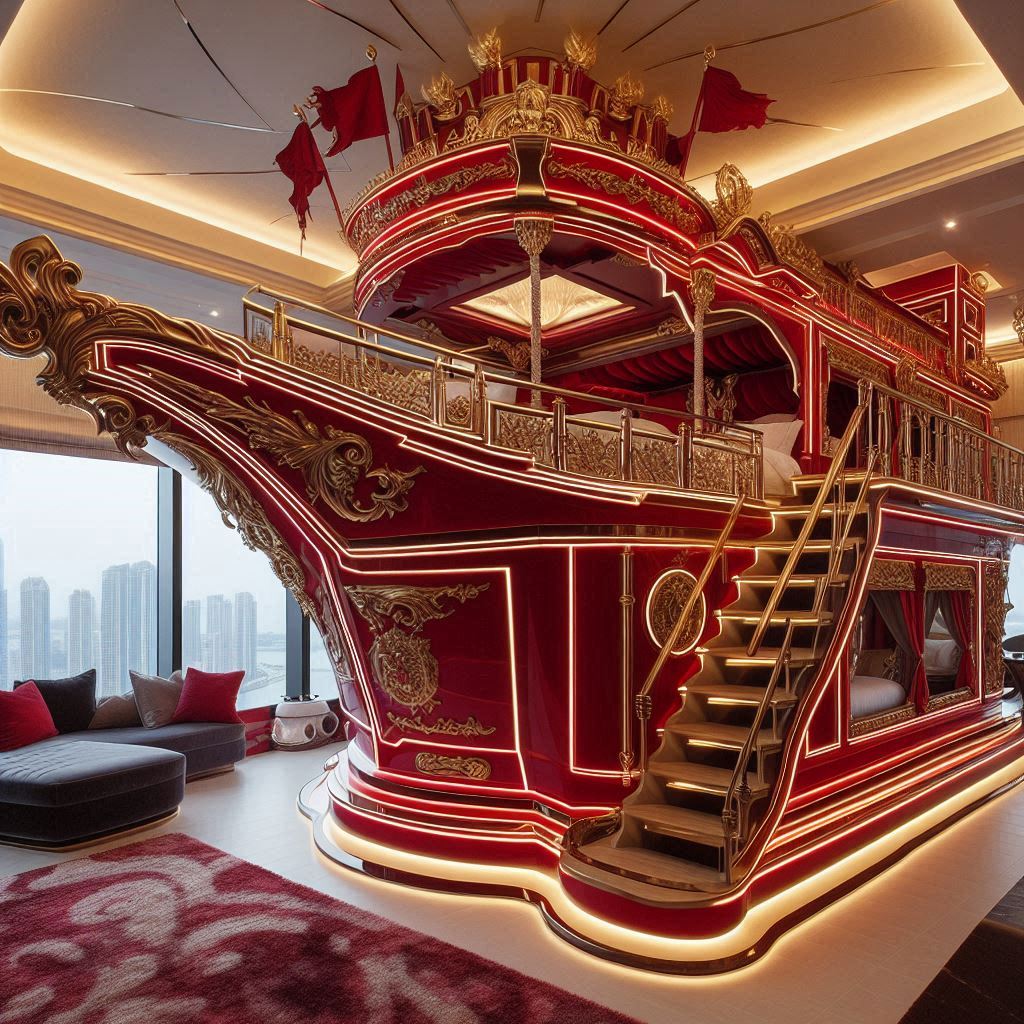
Custom designs offer several benefits tailored specifically to a ship’s needs. They allow for unique configurations, such as themed bunk beds or specialized bunk bed designs that fit into tight spaces. These options can enhance the overall aesthetics of the ship and provide a more personalized experience for the crew.
Standard designs also have their advantages. They are typically more cost-effective due to mass production. Installation tends to be easier and faster since these designs follow common dimensions and structures. This can save time during outfitting.
Factors influencing the choice between custom and standard options include budget constraints and time limitations. If a ship owner has a limited budget, standard options are often preferable. However, if specific needs arise, custom designs may be worth the investment.
Common Mistakes to Avoid
Ignoring Safety Standards
Neglecting safety regulations can lead to serious risks. Poorly designed bunk beds may collapse or cause injuries. For instance, a lack of guardrails increases the chance of falls. According to the Consumer Product Safety Commission (CPSC), over 36,000 injuries related to bunk beds occur each year in the United States. Many of these incidents stem from unsafe designs.
Designers must prioritize safety in every aspect. Using sturdy materials is crucial. Beds should meet specific height requirements and weight limits. Regular inspections can help identify weaknesses in structure. Proper installation is also important. Following manufacturer guidelines ensures stability.
Overlooking Crew Preferences
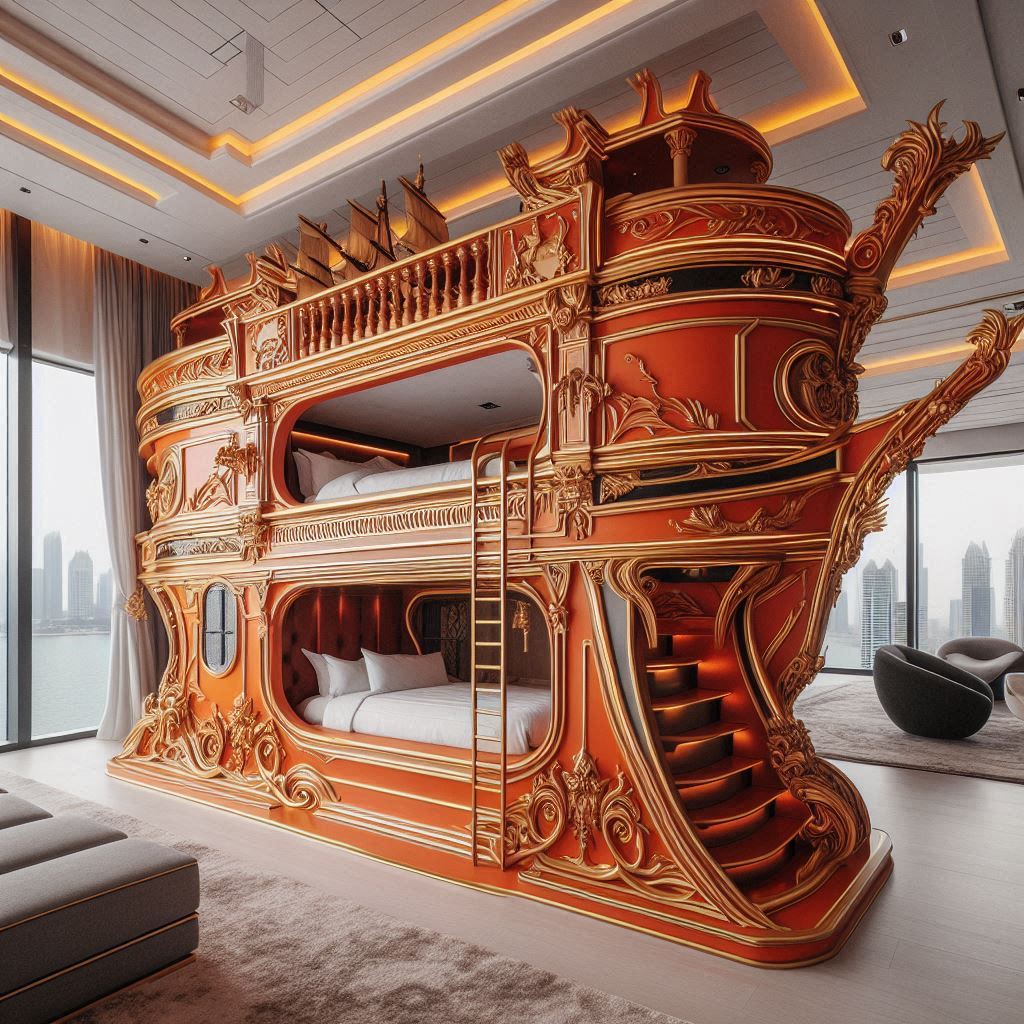
Ignoring crew preferences can significantly affect morale. When bunk beds do not meet individual needs, comfort decreases. Crew members may feel undervalued if their opinions are not considered. This can lead to dissatisfaction and impact overall performance on board.
Involving crew members in the design process is beneficial. Their input helps create a more functional space. For example, adjustable ladders or personal storage options can enhance comfort. Listening to their needs fosters a sense of ownership and respect.
Accommodating individual requirements leads to better satisfaction. Happy crews tend to be more productive and engaged. A comfortable living environment promotes teamwork and collaboration among crew members.
Frequently Asked Questions
Crew Capacity
Bunk bed designs directly influence crew capacity on a ship. Efficient sleeping arrangements allow more crew members to rest in limited space. A well-planned layout can maximize the number of bunks without sacrificing comfort.
Balancing comfort and space is crucial. Overcrowding can lead to poor sleep quality for the crew. This affects overall performance and morale. Ships must consider future crew changes and expansions when designing bunk areas. Planning for additional bunks ensures that new crew members have adequate space from the start.
Lifespan of Bunk Beds
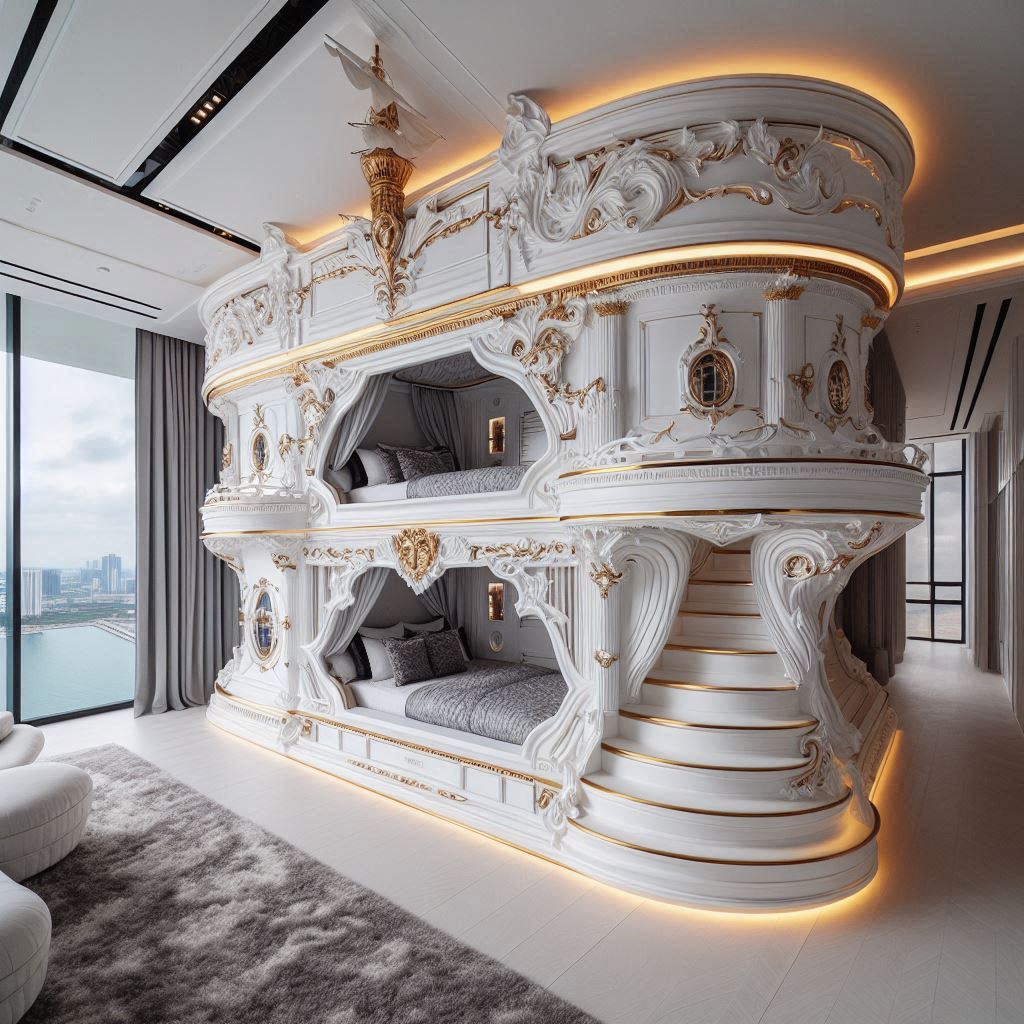
The lifespan of ship bunk beds depends on several factors, including material quality. High-quality materials resist wear and tear better than cheaper options. Steel and marine-grade wood often provide durability in harsh environments.
Regular maintenance plays a vital role in extending the longevity of bunk beds. Inspections for rust, squeaks, or loose fittings should occur frequently. Addressing these issues promptly prevents further damage and ensures safety.
Environmental conditions at sea also affect durability. Humidity and saltwater exposure can cause corrosion or warping over time. Choosing materials that withstand these conditions is essential for long-term use.
Final Remarks
Ship bunk beds offer a smart solution for space management on vessels. They maximize sleeping arrangements while ensuring comfort and safety. From understanding the benefits to navigating regulations, you now have the knowledge to make informed decisions.
Choosing the right bunk beds can enhance life on board significantly. Keep design considerations and common mistakes in mind as you plan your setup. Don’t hesitate to reach out for expert advice or assistance in your selection process. Your ship deserves the best!


